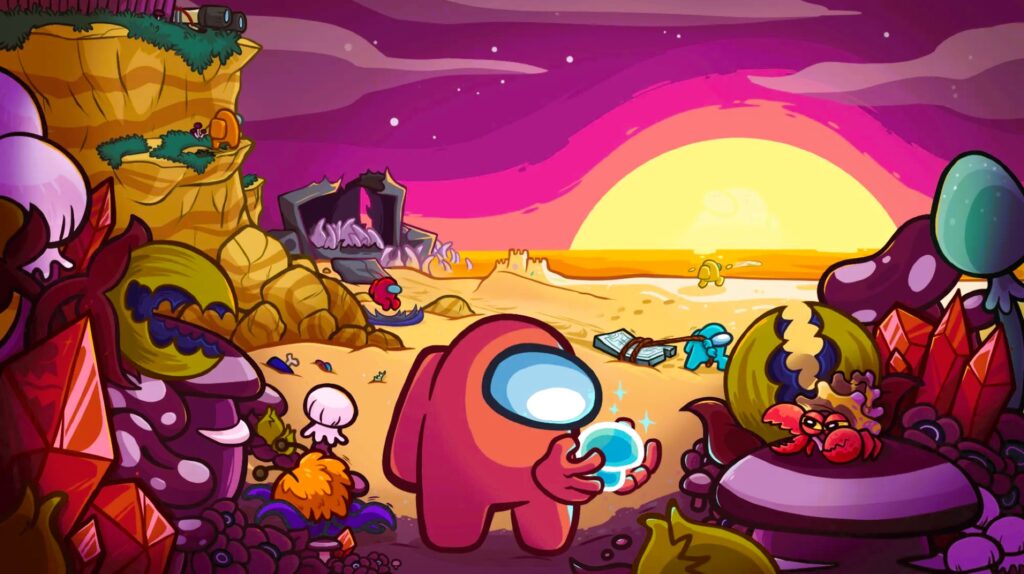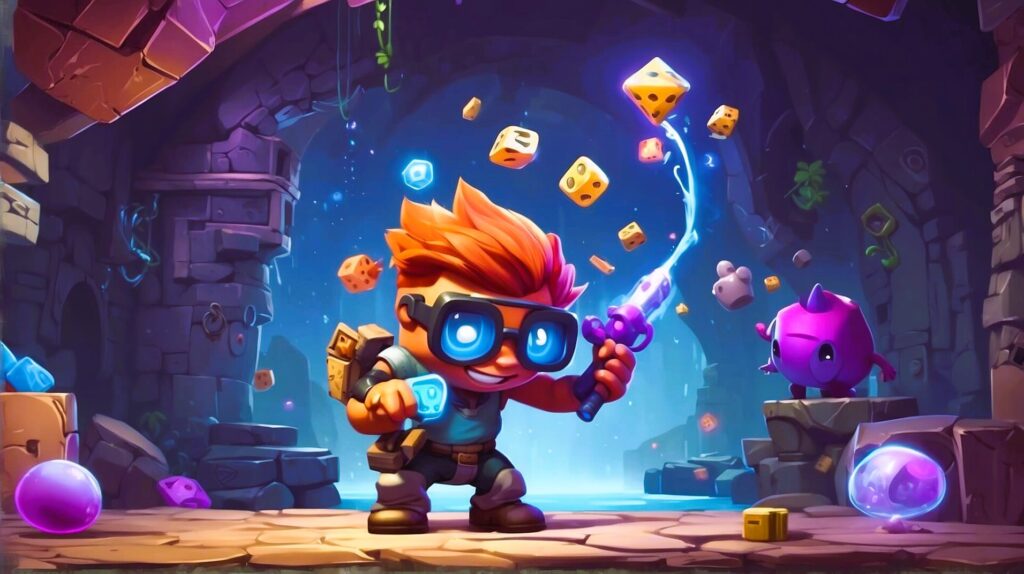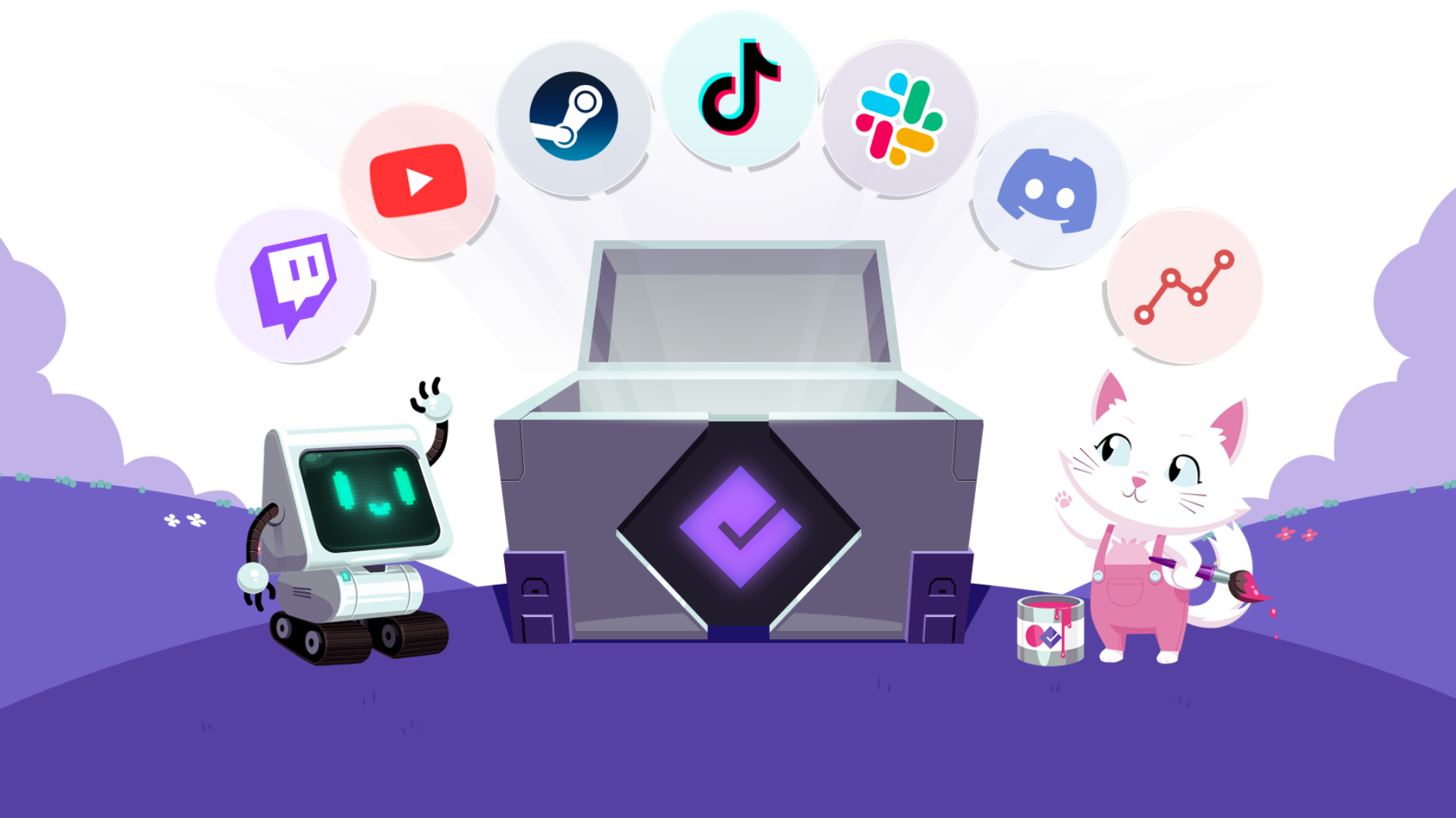The gaming industry has witnessed a significant transformation over the past decade, with indie games emerging as a formidable force in the market. These independently developed titles have gained immense popularity, thanks to innovative gameplay, unique storytelling, and the ability to connect with players on a personal level. This article explores the rise of indie games and offers effective marketing strategies to help indie developers navigate the competitive landscape.
The Evolution of Indie Games
Indie games, or independent games, are developed by small teams or individuals without the financial support of large publishers. The rise of digital distribution platforms like Steam, itch.io, and the Epic Games Store has democratized game development, allowing indie developers to reach a global audience. According to a report by the Entertainment Software Association, indie games accounted for nearly 30% of all game sales in 2020, showcasing their growing significance in the gaming ecosystem.
The success of titles such as Celeste, Hollow Knight, and Stardew Valley has demonstrated that indie games can not only compete with blockbuster titles but also deliver experiences that resonate deeply with players. The emphasis on creativity, unique art styles, and meaningful narratives has allowed indie developers to carve out a niche in the market, appealing to players who crave something different from mainstream offerings.
Understanding Your Target Audience
Before launching a marketing campaign for an indie game, it’s crucial to understand the target audience. Who are the potential players, and what motivates them? Indie games often attract a diverse demographic, ranging from casual gamers to hardcore enthusiasts. Conducting market research, analyzing player demographics, and gathering feedback during development can help indie developers tailor their marketing efforts effectively.
For instance, if your game features a retro aesthetic, target audiences may include players who grew up in the ’80s and ’90s, while a narrative-driven game might attract fans of storytelling and immersive experiences. Identifying and understanding these player segments will inform marketing strategies and help developers create messages that resonate.
Building a Strong Online Presence

In today’s digital age, having a strong online presence is essential for any indie game developer. A well-designed website acts as the central hub for information about the game, including its features, release date, and press materials. Additionally, developers should leverage social media platforms like Twitter, Instagram, and TikTok to engage with the gaming community and share development updates.
Creating a blog or vlog to document the game development process can foster a sense of community and transparency. By sharing behind-the-scenes content, developers can connect with potential players and build excitement leading up to the launch. Engaging with fans on platforms like Discord can also create a dedicated community that advocates for the game, generating word-of-mouth buzz.
Utilizing Crowdfunding
Crowdfunding has become a popular method for indie developers to raise funds and gauge interest in their projects. Platforms like Kickstarter and Indiegogo allow developers to present their game concepts to potential backers and offer rewards in return for financial support. Successful crowdfunding campaigns not only provide necessary funding but also validate the game’s concept and generate a dedicated fanbase before launch.
A well-planned crowdfunding campaign should include a captivating pitch video, detailed descriptions of the game, and enticing reward tiers. Additionally, developers should maintain transparency throughout the campaign, providing updates and responding to backer inquiries to build trust and loyalty.
Leveraging Influencer Marketing
Influencer marketing has proven to be an effective strategy for promoting indie games. Content creators on platforms like YouTube and Twitch have massive audiences and can help generate awareness and excitement for new titles. Partnering with influencers who align with the game’s themes and audience can lead to authentic promotion.
When reaching out to influencers, developers should craft personalized messages that highlight what makes their game unique. Offering early access, exclusive content, or even a chance to collaborate on content can entice influencers to showcase the game to their audience. Positive coverage from trusted creators can significantly boost a game’s visibility and credibility.
Participating in Game Festivals and Events
Game festivals and conventions, both physical and virtual, offer excellent opportunities for indie developers to showcase their titles. Events like PAX, IndieCade, and the Game Developers Conference (GDC) provide platforms for developers to connect with players, publishers, and industry professionals.
Developers should apply for booth space at these events and prepare engaging demos to attract attendees. Having a well-designed booth, eye-catching visuals, and knowledgeable team members can create a memorable experience for players. Additionally, participating in panels or discussions can position developers as industry experts, further enhancing their visibility. Read our tips on how to improve your game’s visibility online.
Harnessing Community Feedback

Community feedback is invaluable for indie developers, offering insights that can shape the game’s final product. Engaging with players through playtesting and feedback sessions can help developers identify areas for improvement and ensure that the game meets player expectations. Early access releases can also generate buzz and provide opportunities for developers to refine their titles based on real player experiences.
Listening to player feedback and actively incorporating it into development not only enhances the game but also fosters a sense of ownership among the community. Players who feel heard are more likely to become loyal advocates for the game, spreading the word and contributing to its success.
The rise of indie games has transformed the gaming landscape, offering players diverse and innovative experiences. For indie developers, effective marketing is crucial to stand out in a crowded market. By understanding their audience, building a strong online presence, utilizing crowdfunding, leveraging influencer marketing, participating in events, and harnessing community feedback, indie developers can successfully promote their titles and achieve lasting success.
As the gaming industry continues to evolve, embracing these marketing strategies will empower indie developers to thrive in an increasingly competitive environment.
For more insights into game development and marketing strategies, consider exploring Wikipedia’s page on indie games.

